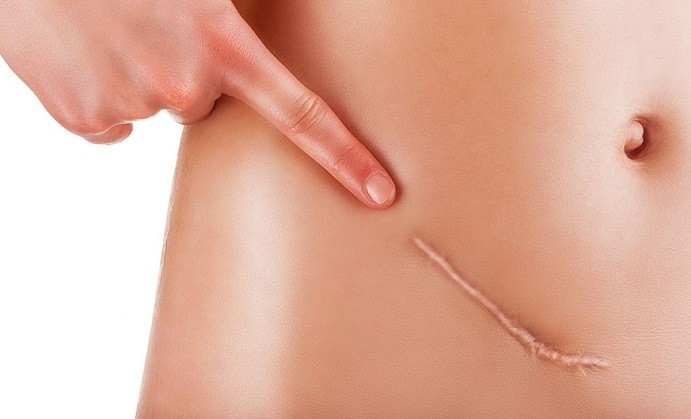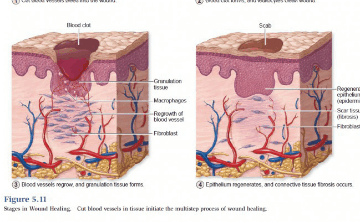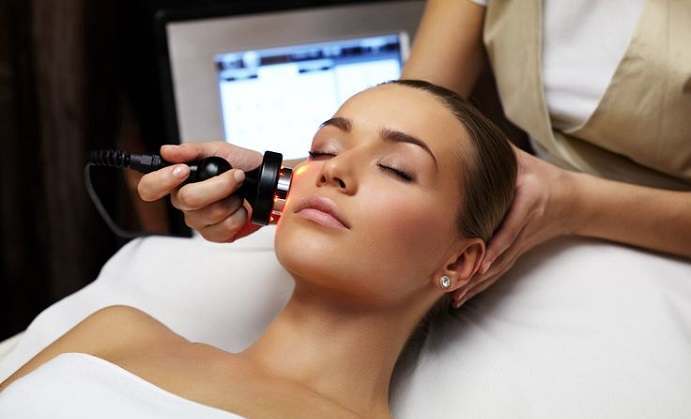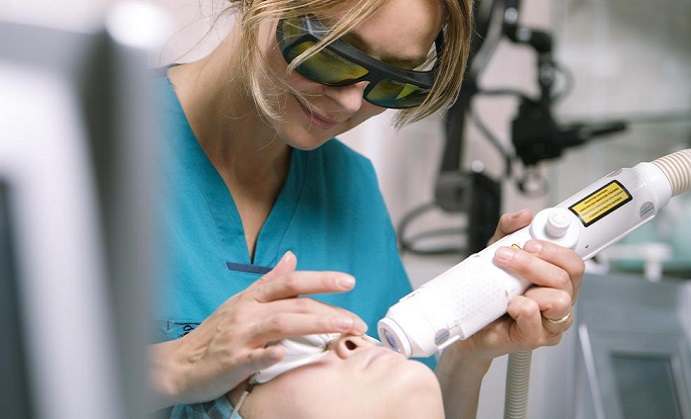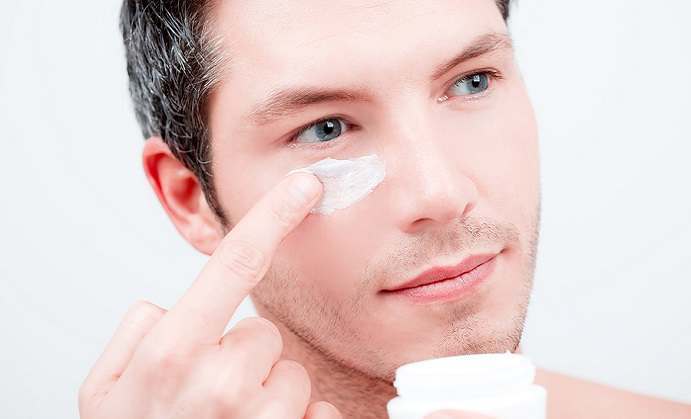Wounds can develop in to various types of scar depending on your skin’s type and tone. The two most common types of scars are keloid and hypertrophic scarring. These two are quite visible and is caused by an overproduction of collagen and protein during the healing process of the injury. Hypertrophic and keloid scars are usually confused with each other but it is important to know the difference in order to apply proper treatment.
Keloid Scars and Hypertrophic Scars
 Keloid scars have a red tone and usually grows over the boundaries of the wound itself. The scar tissues are also inflamed and will cause certain levels of discomfort. Hypertrophic scars on the other hand may appear similar to keloid scars but they do not grow past the boundary of the wound and they would also disappear by themselves after a year. Hypertrophic scars have a rubbery feel to them and are similar to keloid scars as it also has an inflamed appearance. The most giving detail to determine a hypertrophic scar is that they are rather shiny and has a pinkish color tone.
Keloid scars have a red tone and usually grows over the boundaries of the wound itself. The scar tissues are also inflamed and will cause certain levels of discomfort. Hypertrophic scars on the other hand may appear similar to keloid scars but they do not grow past the boundary of the wound and they would also disappear by themselves after a year. Hypertrophic scars have a rubbery feel to them and are similar to keloid scars as it also has an inflamed appearance. The most giving detail to determine a hypertrophic scar is that they are rather shiny and has a pinkish color tone.
Keloid Scars – How do they form?
There is no definite explanation on how keloid scars develop but medical experts have distinguished one key factor on the likelihood of developing one. Fact of the matter is that some people have a higher chance of having their wounds transform into keloid scars than others. Skin tone is a major factor in all of this as people with a darker skin tone have a higher risk of developing keloid scars.
It seems that people with a darker skin tone has a rather unbalanced healing process as the body tends to produce a much higher level of collagen over the damaged tissue which it still produces even after the injury have closed. This is why keloid scars grow over the boundaries of the wound itself making it quite a visible fixture on your body.
Can Keloid Scars be prevented?
 If you are among those who have a higher risk of developing keloid scars after an injury then you can take some necessary precautions in order to prevent adding more of these hard to rid scars to your body. First and foremost is of course avoiding needless piercings and surgeries. This two are among the most common reasons for developing keloid scars and both can be easily avoided.
If you are among those who have a higher risk of developing keloid scars after an injury then you can take some necessary precautions in order to prevent adding more of these hard to rid scars to your body. First and foremost is of course avoiding needless piercings and surgeries. This two are among the most common reasons for developing keloid scars and both can be easily avoided.
There is no full proof way to prevent a wound from becoming a keloid scar but you can take the proper steps in order to lessen the risk by a significant margin. In the unfortunate instance that you get wounded you must apply proper care to the injury as soon as possible. Apply pressure to the wound in order to reduce bleeding while also allowing your body to speed up the healing process.
Remember that injuries such as scrapes will usually have dirt and debris still embedded on the wound so clean it at once with water and soap. Apply antibacterial ointment over the wound and put on a clean bandage. The most important step would be once the wound closes, you will need to regularly apply a silicone-based ointment over the area in order to promote health skin regeneration.
Do you want to find an effective Scar Repair treatment? Check out our top rated Scar Repair products


